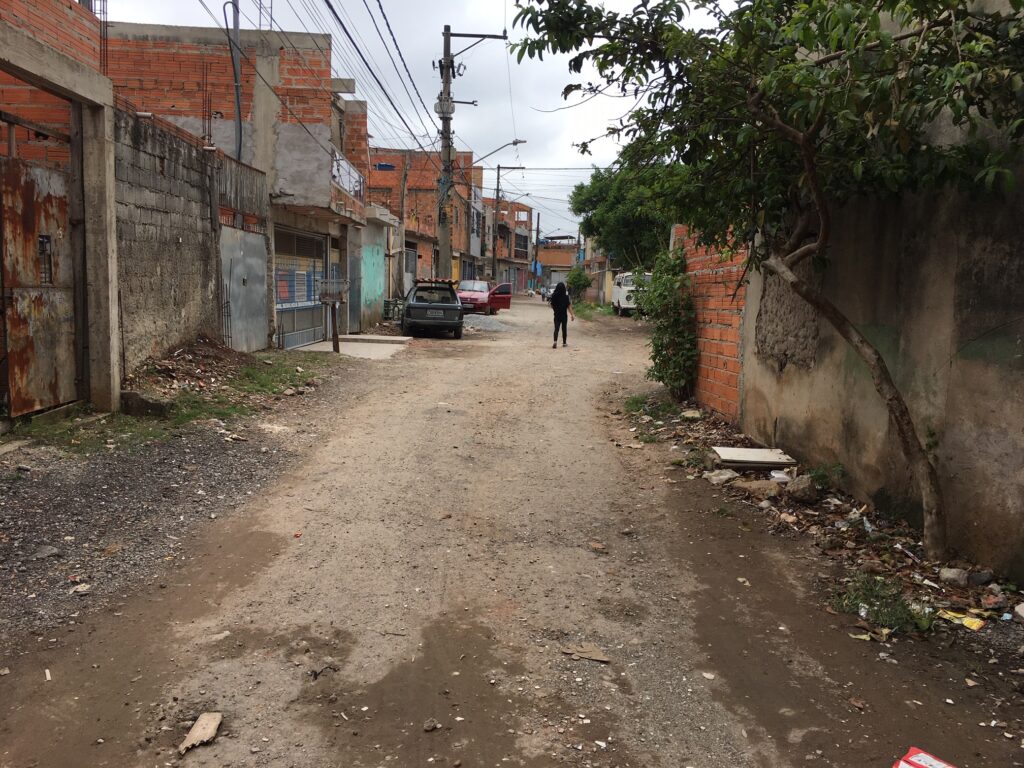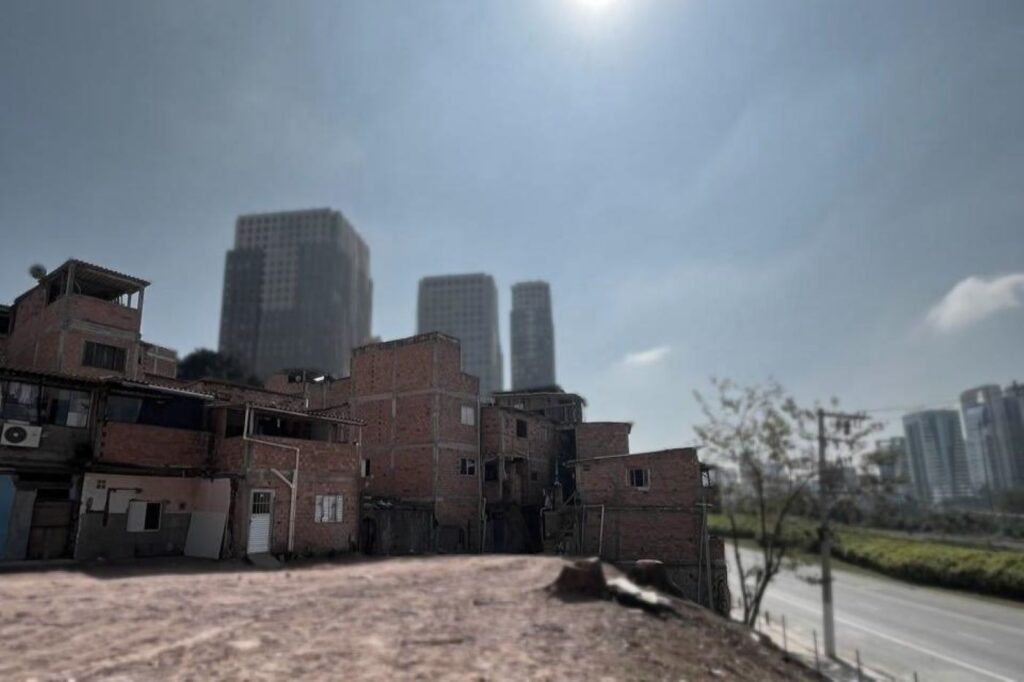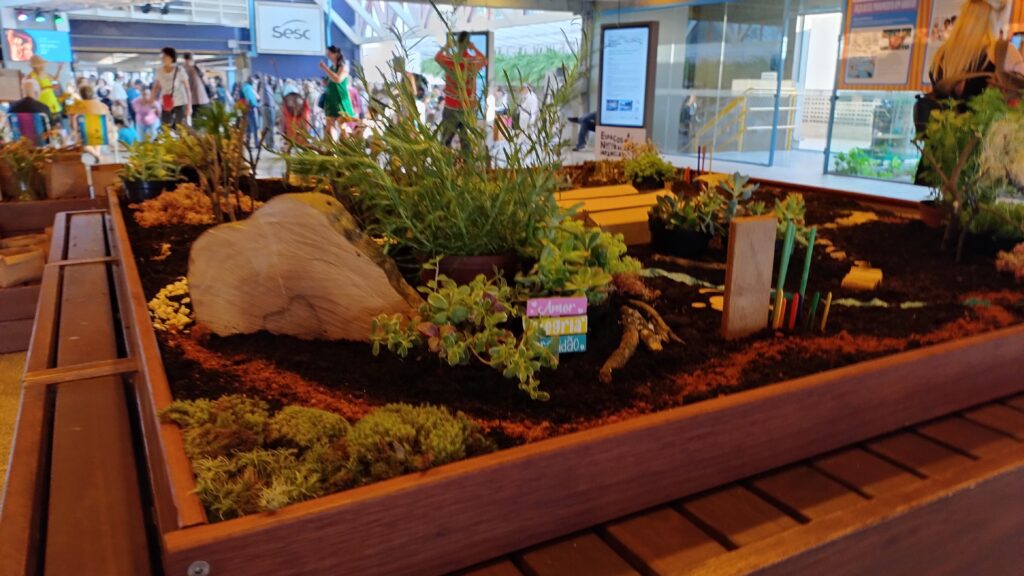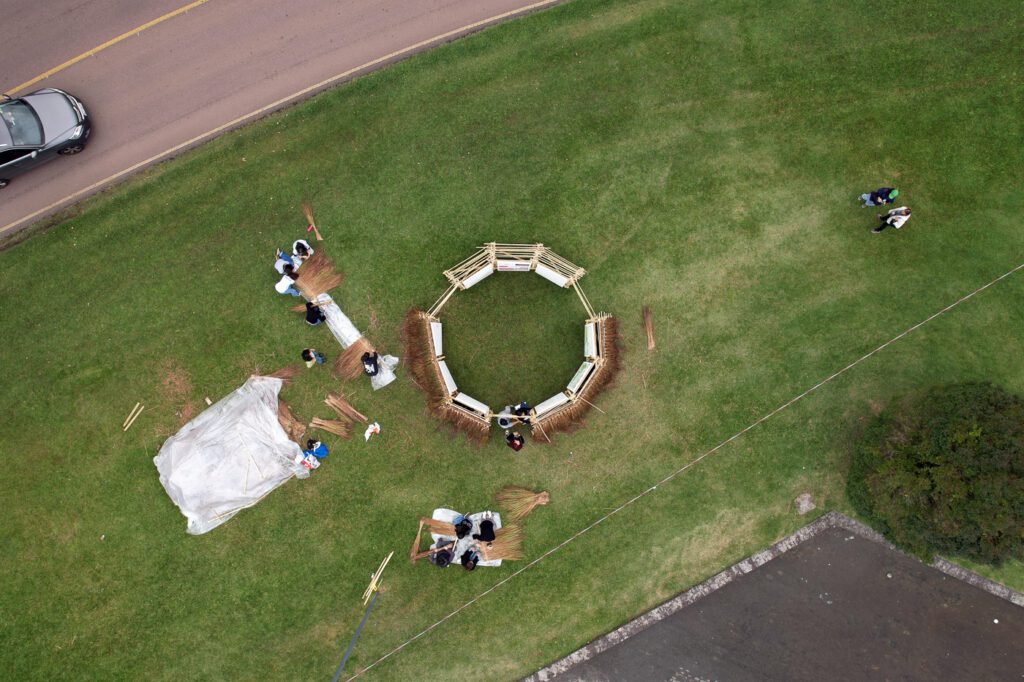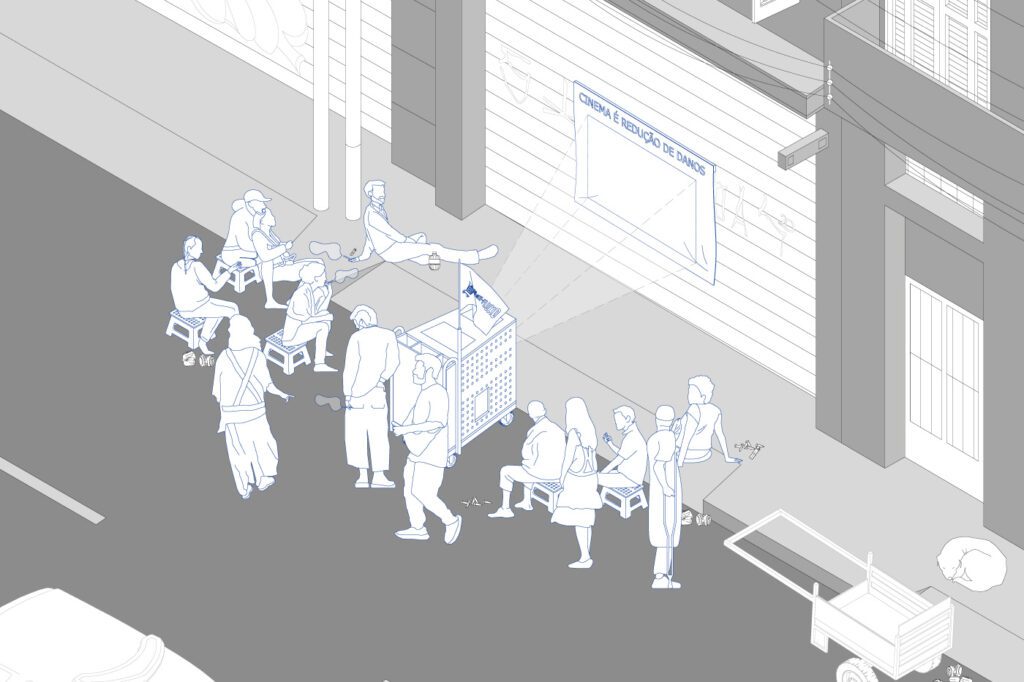The activity is part of the program Childhoods and Climate in the City
Initiative: Brazilian Network for Collaborative Urbanism
Organizations: Ateliê Navio, Coletivo Flutua, Paisagem Design Regenerativo, Flora, Discovering Playing, Ecoactive House
Support: Urban95, Early Childhood Parliamentary Front (FPPI)
The Brazilian Collaborative Urbanism Network brings together more than 20 organizations from all regions of the country, united by a common goal: to promote more inclusive, democratic, and just cities through collaboration.
For the Architecture Biennial, the Network proposes a special program on the morning of Children's Day dedicated to the theme of childhood and climate in the city, inviting the public to reflect and act on the urban and environmental challenges affecting new generations. The activity seeks to broaden the debate on the inclusion of children in urban planning and the active participation of children in building more just and caring cities.
Topics on the agenda include climate issues and their impacts on children's lives, the urgency of climate justice in vulnerable territories, and collective strategies for addressing these issues. Also discussed will be ways to integrate and value the experiences of Black, Indigenous, riverside, and quilombola children, promoting an anti-racist urbanism that recognizes Brazil's multiple childhoods.
The program includes the following activities and activations:
Experience: Climate Refuges and Naturalized Public Spaces, with Eco-Neighborhood
Time: 10 am
Duration: 2 hours
Age Range: From 6 years old (accompanied by guardians)
Location: Pablo Garcia Cantero Square, next to the Brazilian Cinematheque
This experience invites children from communities near Ibirapuera Park to explore the climate refuge at Pablo Garcia Cantero Square, which is part of the Ibirapuera Park–Aclimação Park Green Corridor and hosts the Vila Mariana Community Composting project. Children will experience free play in the naturalized micro-park and learn about the natural composting process. From the square, we'll take a short, recreational walk, passing through the Mini Urban Forest and the "Park of Dark Colors" in Soichiro Honda Square, until arriving at Oca in Ibirapuera Park.
Activations:
Opening hours: 10am to 8pm
Flora: childhood in motion: Pop-up nature park for young children and babies, with activities and games using natural materials.
Eco-neighborhood and Regenerative Landscape Design: Interactive model for co-creation of naturalized and biophilic play spaces.
Discover by Playing: Living and Reading Space for families of 0-3 years old. The Bebeteca is a safe and intentionally designed space for young children accompanied by their caregivers to enjoy, where the baby will find motor challenges, books and objects to explore.
Free
Discussion Table – 10:30 am to 12 pm
Childhoods and Climate: Climate Justice in Vulnerable Territories
The table will be integrated by:
Gisele Moura, a scientist and environmental technician with 15 years of experience, who works in a transdisciplinary way combining science, ancestry and anti-colonial solutions to develop social technologies aimed at sustainability and socio-environmental resilience in favelas in Rio de Janeiro.
Marina Bragante, a councilor in São Paulo for the Sustainability Network, a psychologist and master in Public Administration from Harvard, dedicated to policies for early childhood and urban sustainability, with a focus on climate adaptation and strengthening the care network for children and families.
Ursula Troncoso, architect and urban planner, founder of Ateliê Navio, with over 10 years of experience in participatory planning of public spaces, housing and child-friendly cities, in partnership with programs such as Urban95 Brasil and World Bank initiatives.
Karoline Freire Dias, a resident of Bororé Island. Trained as a cultural agent by Percurso Cultural, she currently works at Casa Ecoativa and is a co-founder of the collective Na Ilha Agência. She has participated in several training courses and workshops, such as the NAEA (Art and Environmental Education Center) with FAU-USP, and an environmental education course with Humanaterra.
Mediation: Jaison Pongiluppi Lara, manager and coordinator of projects that integrate culture, education, and the environment. Member of Casa Ecoativa and manager of CCA – Center for Children and Adolescents. He coordinates the Adrião Escola Aberta project and the Bororé Island Memorial, with his activism trajectory documented in documentaries. How Big the Planet Is (Alana Institute) and Resistance Itineraries (SESC SP).
Free
Registrations must be made here.
Registration will be open until the start of the activity, on site, as long as there are spaces available.
Windsock Workshop with the Floating Collective
Time: 10:30 am
Duration: 2 hours
Age Range: From 6 years old (accompanied by guardians)
Location: Oca Pavilion | Emergency Feeder | Basement
In this workshop, we'll create windsocks—objects made from plastic bags and wire that come to life in the wind. The activity proposes a meeting of reused materials, the body, the wind, and creation.
Come let yourself go, play and create new directions with us!
Free
Registrations must be made here.


